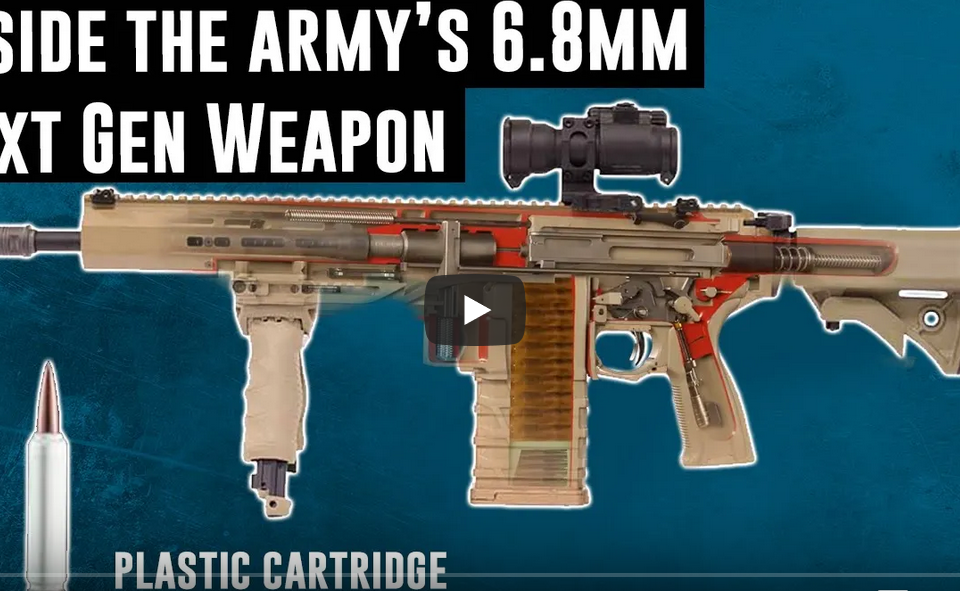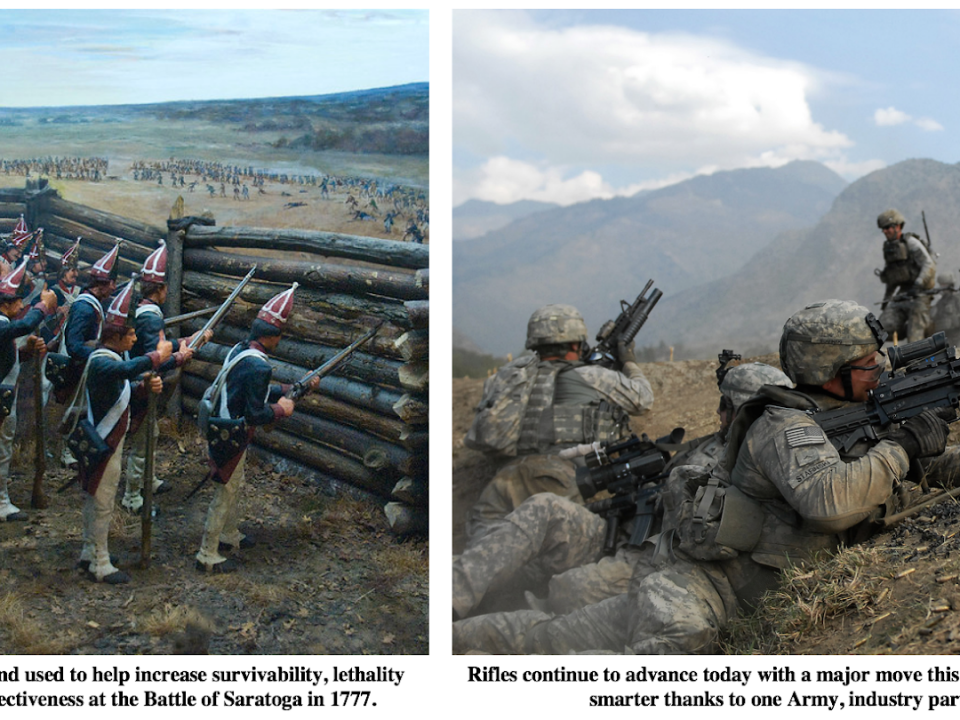
The Next, High-Tech Evolution Of The Military Gun
March 23, 2019
T-Worx working on USD 5m Series C with Evergreen Capital, chairman says
May 2, 2019
T-Worx is excited to announce that the Army has confirmed that our signature, patented smart weapons system, the Intelligent Rail®, meets the service’s Picatinny Smart Rail requirements. It plans to field the smart rail as part of the Next Generation Squad Weapons (NGSW) program. Compatible with all modern rifle programs, the NATO-standard I-Rail® functions much like a smart phone, utilizing the Army’s battlefield communications network and connecting all parts of the rifle. It prevents waste and extends battery life by providing accurate capacity information. T-Worx also offers accessory partnerships that allow Soldiers to instantaneously share intelligence, photos and videos. Army leaders expect it to increase operational effectiveness, lethality, mobility and survivability.
T-Worx’s chief engineer and I-Rail developer, Ben Feldman, explains more about this smart technology.
What is T-Worx?
T-Worx is a technology innovation company based in Sterling, Va. Devin Schain is the executive chairman and Don Mclaughlin is the CEO, and I lead a team of eight engineers. We make weapons smarter.
What inspired T-Worx to develop the I-Rail? Can you talk about the decade-long R&D process?
In 2007, the U.S. Army requested a central power solution for rifles under the Small Business Innovation Research (SBIR) program. We assessed requirements: What do they need? What are they asking for? What do they need that they’re not asking for? We submitted a proposal, and were the only company invited to develop a solution. We’re on our sixth generation I-Rail, each assessed by former Special Forces operators. It has become more rugged. The network has become much faster, and it’s become more cost effective and manufacturable. Army SBIR invested in the platform four times. That’s pretty rare.
The Army has approved the technology. How did you feel when you heard the news?
Products in an R&D environment don’t necessarily see the light of day. Army leaders felt that a power- and data-enabled rail had reached a level of maturity needed to help modernize weapons. Getting that level of acceptance is fantastic.I feel like T-Worx is finally a 10-year, overnight success story.
Why do you think the Army saw so much value in a smart rail?
Before the I-Rail, Soldiers carried and operated optics such as laser range finders and scopes that functioned in silos, with individual batteries and zero networking. The I-Rail packages multiple pieces of equipment into one integrated network that shares information, gives a more comprehensive picture of the battlefield and runs on one powerful battery.
What kind of feedback have you gotten from Soldiers?
Feedback has been phenomenal. In early 2017, we participated in the Army Expeditionary Warrior Experiment (AEWE). That was the first time Soldiers used the I-Rail in simulated battle conditions. All Soldiers liked the capability. Soldiers carry too much weight — up to 80 pounds — and they have too much information to process at once. We provided them with a type of targeting they’d never had before. We provided them with a very long battery life. For the same amount of weight, they can carry fewer batteries and more ammunition. They can run longer and more efficient missions. This is a game changer.
How does I-Rail fit into the Army’s modernization goals as you know them?
The Army’s modernization goals are quicker action, better situational awareness, better systemic performance, combining multiple factors to get a better outcome — similar to I-Rail’s goals. There’s been tremendous growth in the capability of computers, software, networks and artificial intelligence. We apply that to the battlefield.
In our next blog, we will discuss how T-Worx hopes its I-Rail will make U.S. Army Soldiers both safer and more lethal.




